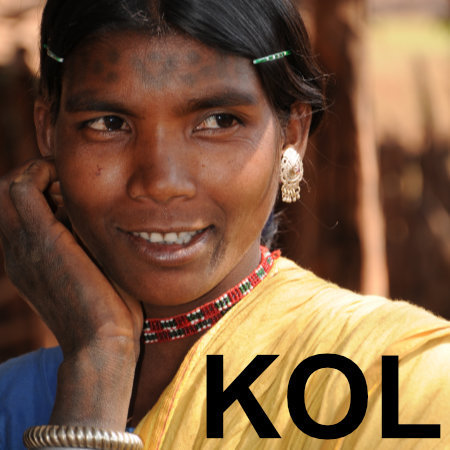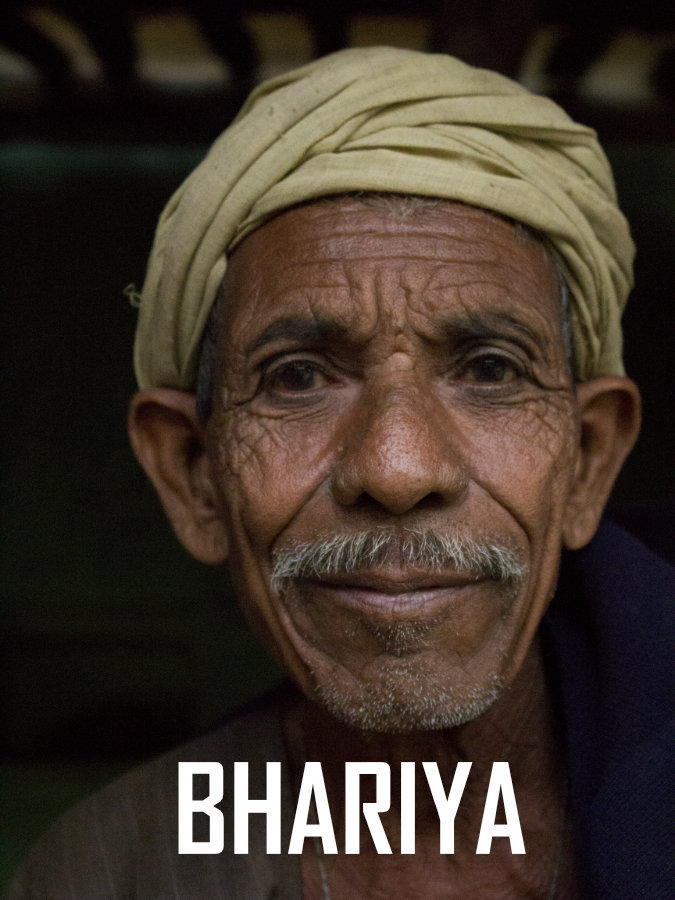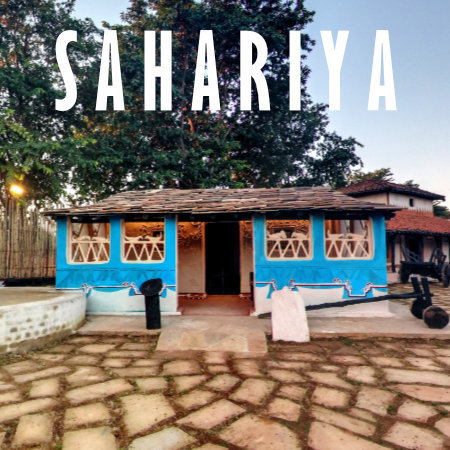Representative Houses
In this museum, representative houses and daily needful things of all the seven major tribes of the state have been constructed and collected here along with all five cultural regions.

Like and follow us -

In this museum, representative houses and daily needful things of all the seven major tribes of the state have been constructed and collected here along with all five cultural regions.
The perception of the cultural traditions of Tribal communities is integrated and holistic. Their cultural sense remains active from the spiritual forms and rituals of life to the concept of Gods and its forms, from needful things to creative aesthetic forms.
You can buy Authentic Folk art from all five cultural regions i.e. Baghelkhand, Bundelkhand, Malwa, Nimar and Chambal.
Aenean ornare velit lacus, ac varius enim lorem ullamcorper dolore. Proin aliquam facilisis ante interdum. Sed nulla amet lorem feugiat tempus aliquam.

The Gond is an important and largest tribe of India. In the tribal-dominated state of Madhya Pradesh, Gonds live in Betul, Narmadapuram, Chhindwara, Balaghat, Shahdol, Mandla, Sagar and Damoh.

Bheel is the third largest tribe of India. They are spread in Madhya Pradesh, Gujrat, Rajsthan and Maharashtra. In Madhya Pradesh they mainly live in Jhabua, Alirajpur, Dhar, Barwani, Khargone, Neemach and Ratlam areas. According to the 1991 census, the population of Gond tribe in Madhya Pradesh was 26,37,354.

Kol is the second largest tribe of Madhya Pradesh after Gonds. Apart from Madhya Pradesh, Kols also reside in Uttar Pradesh, Bihar, Odisha and Maharashtra. Kol tribe lives in Rewa, Sidhi, Satna, Shahdol, Jabalpur, Umaria, Anuppur and Mandla regions of Madhya Pradesh. Kols consider themselves to be natives of Pharenda and Kurali villages in Rewa district.

Special backward tribe Bharia resides mainly in Jabalpur and Chhindwara in Madhya Pradesh. In Chhindwara, they livein the Patalkot area of Tamiya block. The Bharias belong to the Dravidian group and scholars have placed them under the Bhumiya caste. The Bharias call themselves the younger brothers of the Gonds.

Saharia community living in the north-western part of Madhya Pradesh has been kept in the category of special backward tribe. They mainly reside in Shivpuri, Guna, Gwalior, Morena, Bhind, Vidisha, Raisen, Sehore and Sheopur districts in Madhya Pradesh. Kota, Shahbad, Kishanganj areas of Rajasthan also have some villages of Saharia people there. According to the 1991 census, the total number of Saharia tribe in Madhya Pradesh was 3,32,748.

The Baiga community has been kept in the category of special backward tribe, because there have been comparatively less changes in their living conditions, beliefs etc. and their population is also very less. According to the 1991 census data, the total population of Baigas was 3,17,549 in Madhya Pradesh. Baigas mainly live in forest covered areas and hilly areas of Mandla, Dindori, Shahdol, Umaria, Balaghat and Amarkantak in Madhya Pradesh. The Baigas are believed to be an branch emerging from the Bhumia tribe of the Chhota Nagpur region.

The Korku tribe mainly resides in Chhindwara, Narmadapuram and Harda districts adjacent to the forests of the Satpura ranges in Madhya Pradesh. Korku also live in Akola, Melghat and Morshi talukas in Maharashtra. Based on the 1991 census, the total population of Korku was 4,52,149. The Korkus belong to the Munda or Kolarian group. The literal meaning of Korku is - human group. Here ‘ku’ is used for plural.